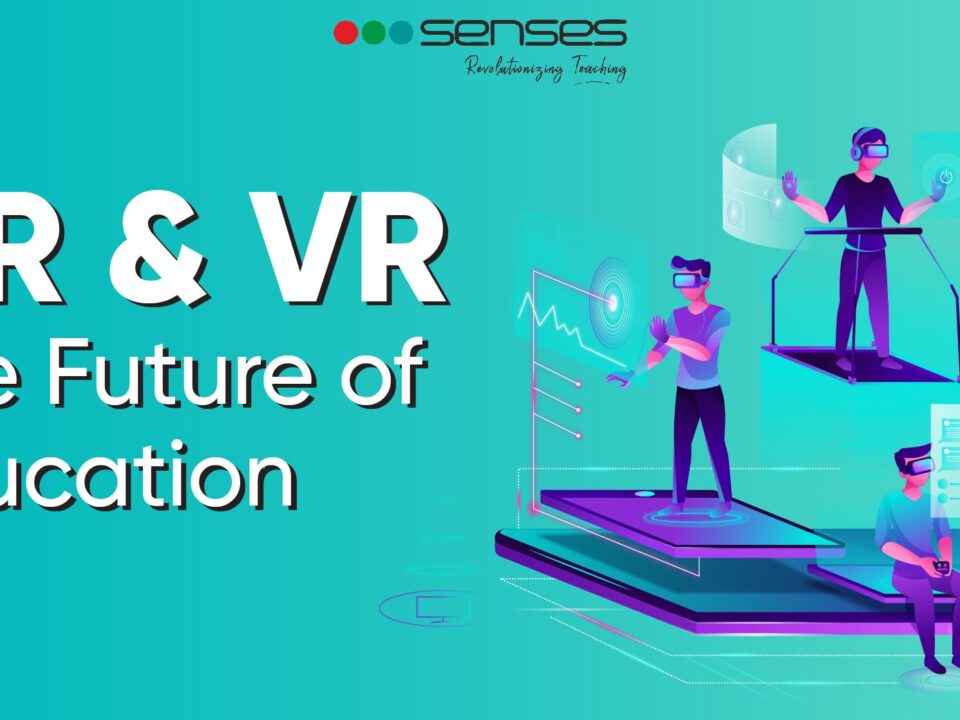Ways in which E-learning can improve further with the Virus still going strong

Happy asian girl learning online at home. Education and e-learning concept.
Ways in which E-learning can improve further with the Virus still going strong
The pandemic sure has affected the world in quite a destructive way, but we cannot deny that there are quite a few constructive components as well. One of them being E-learning. When the world came to a halt, sectors found a way to continue operating and utilizing the existing technologies that were previously ignored, and so did the education industry. EdTech and HRTech arenas began embracing the idea of offering education on virtual platforms while still keeping it relevant enough to hold it credible in the market.
E-learning is now being offered to a number of users of different age groups, backgrounds, and fields. Students are encouraged to not only educate themselves on E-learning platforms but also explore and navigate through the oceans of content. They can hold meaningful discussions, brainstorm, and experiment with the practicality of technical teachings, all thanks to E-learning.
The pandemic acted as an accelerator to virtual learnings. But we shouldn’t need a pandemic to improve the quality of our education and channel offerings, attributes. So, it is critical that we continue making improvements in our E-learning offerings even after the pandemic ends. But how?
Let us look at some of the ways in which E-learning can be further improved while the virus is still going strong.
1. Offer skills not certificates
The case with many of the courses that are being offered on different E-learning platforms at present is that they are focused on the outcome than on the adaptation by the students. Learners sail through the course material and give assessments that are evidence of course completion. But one thing that needs to be improved in this system is making adaptive learning at a larger scale. Integration of AI and ML will help these modules to better adapt to the learner’s capability and automatically result in inculcation of skills which is the ultimate aim. Shifting the focus from results to skills development will further enhance the learning process and teaching quality.
2. Improve the reach
E-learning is being available across several geographies, which is an upside. But the downside here is there are several neglected sectors of the society that might not have the luxury to afford high-priced courses or courses that are not available in their regions. There are also sectors that do not have the availability of high-speed internet resulting in not being able to take the course. Modules should expand their reach and a way to avail this learning offline will improve the E-learning offerings.
3. Replicate a physical classroom
When students are in a physical classroom, they get a sense of learning and are much more aware of what is being taught, as the conversations are two-way. But there have been instances where the students mute themselves during a live class and go about their personal work. If their virtual classes become a replica of physical classes with the additional advancements in tech and related functionalities, not only will the students enjoy the process, but also the teachers will love it.
4. Enhance Flexibility
Specific subjects taught in an E-learning module cannot be complimented with a similar field of choice if the students wish to do that. For example, when students are learning science in an E-learning course, they cannot integrate math into it because they want to explore the combination. If they have to learn math, they will have to take another course that offers math. Hence, to improve the E-learning field, there should be some flexibility in courses undertaken and exploration of the same.
5. Sync-in with the current trends
The onset of the pandemic did not give time to the teachers to be trained. They had to go ahead and offer the same content material that they had. But since then, a number of trends and technologies have emerged which makes the teaching a little outdated. Even the pre-recorded classes are not entirely in sync with the everyday trends. Therefore, courses should be offered after syncing them with whatever is going on in the industry at the given moment.
E-learning is the new normal and so is constant improvement. To keep E-learning prevalent and relevant with the changing times, it is essential that we make several up gradations that cater to the demand and necessity of the edtech industry.



